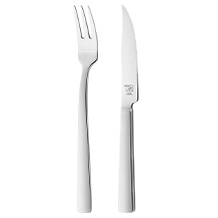Kitchen knife purchasing advice: how to choose the right product
- What you need to know
- The much-loved, all-purpose kitchen knife is just one of countless types of knives which can be used to cut vegetables, meat, or anything else in the kitchen.
- The construction of a kitchen knife is uniform across most models. The handle, blade, and blade tip usually only differ in the way that they are manufactured.
- The strength and thickness of the blade differs from model to model. Manufacturers use a number of different materials to suit different purposes.
- There are two main types of kitchen knife: the Japanese and the European. They differ mainly in their construction.
More than meets the eye
Kitchen knives are an essential tool for cooking in the kitchen, but that is not the end of the story. Manufacturers offer different types of knives with different designs. They usually differ from one another in their intended purpose and quality.
The all-purpose helper in the kitchen
Be it vegetables, meat, tofu, fish, or herbs – we constantly rely on kitchen knives to chop up ingredients into manageable sizes for cooking or consumption. Given the diversity of these chopping tasks, it’s natural that we would need a kitchen knife to be able to do different things in different situations. Those who have a plant-based diet need a different model to meat eaters, for example. From the materials used to the length of the blade — knives are as diverse as our tastes in food. Similarly broad is the number of different tasks for which we can use kitchen knives. Where one person uses a special meat or vegetable knife, another chooses to use a universal knife for everything.
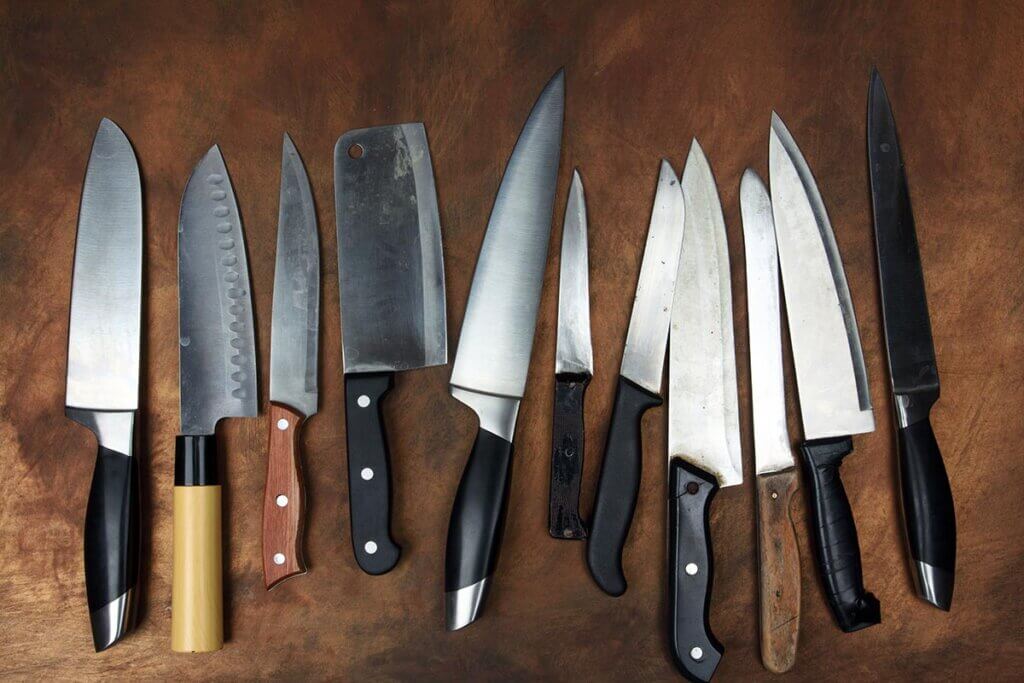
Are kitchen knives only suitable for professionals?
From part-time hobbyists to kitchen masters — the extensive range of knives on the market contains something for every type of user, regardless of your experience or skills. This means that making an informed choice of which kitchen knife to use falls to everyone on the cooking spectrum, should you be a professional or a complete beginner. Passionate cooks who spend a lot of time in the kitchen and want to prepare their ingredients as neatly as possible can make amazing dinners without any formal training. Those who love cooking will benefit from having a high-quality, durable knife just as much as someone who doesn’t want to spend their whole evening in front of the stove.
Having a good knife is half the battle
Even for kitchen novices, having the right tools is a big help. Nothing is more demotivating than struggling through the preparation of a meal because your cheap knife simply isn’t up to the job.
Construction and different designs
Whoever has spent time in the kitchen making meals for friends and family knows how important it is to have the right tools at your disposal. There are so many different options available that it pays to get an idea of what’s on the market. Firstly, it is important to get to know the different components of a knife, including how each of the individual parts fit together.
Components of a kitchen knife
Be it the smallest of vegetable knives, a pitted cheese knife, or a butcher’s knife – kitchen knives differ most visibly in the design of their blade. Despite this, the individual components of a knife are nearly always the same. The most important parts of a knife include the blade, the tip, the belly, the edge, the spine, the bolster, the tang, and the handle.
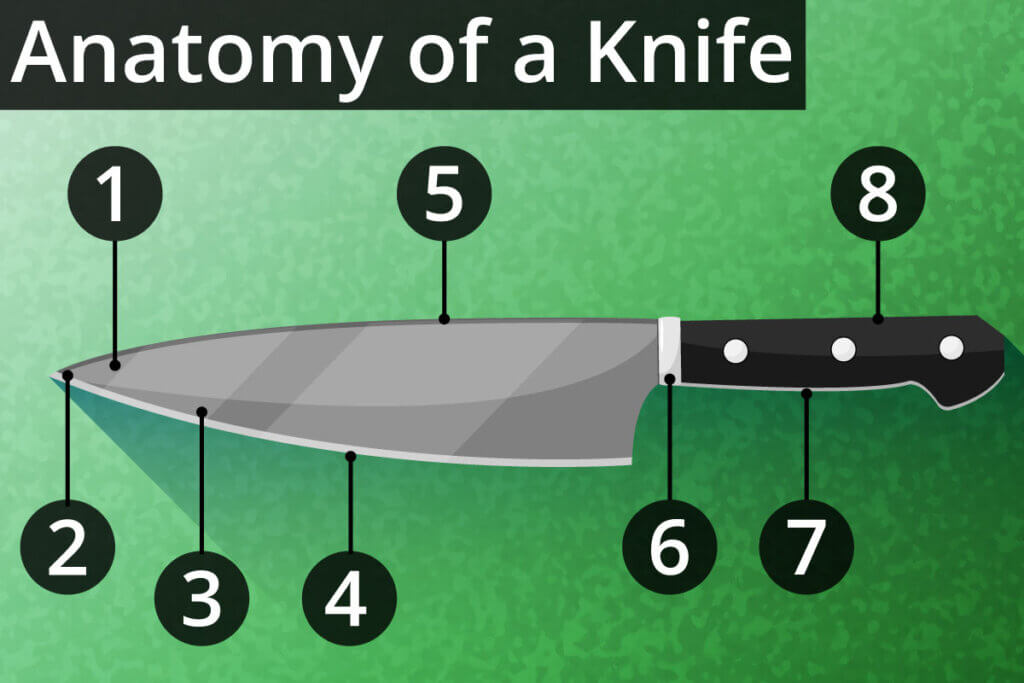
- The main feature of a knife is its blade.
- The blade sharpens at the end of the knife to form the blade tip.
- On the sharp side of the blade can be found a smoothed edge or angle which can differ depending on the intended usage.
- The edge is that part of the blade that defines the length of a cut and the sharpness of the knife.
- The top side is the knife spine. The blade is usually blunt here so that your fingers are not endangered when exerting cutting pressure.
- The bolster connects the blade to the handle and helps to protect your fingers. It also improves the overall balance of the knife.
- The tang is an extension of the blade as it stretches into the handle. It also helps to improve the balance of the knife.
- The handle is normally ergonomically shaped to make it more comfortable to hold.
What Is the difference between kitchen knives and what different designs are there?
Kitchen knives differ mostly in their length, their shape, and their materials. Significant differences can also be found in the angle at which the blade has been ground and the resulting cutting angle. The edge itself can be either straight or undulating. Handles differ mostly in their shape and material, which affect the overall size of the knife. A little research about kitchen knives reveals that the main differences are to be found between the European and the Japanese designs, with both bringing their respective advantages and disadvantages.
Kitchen knives for lefthanders
Most European knives are symmetrical in design and can therefore be used just as easily by right- and lefthanders. In contrast, a traditional Japanese sashimi knife is only angled on one side. The same goes for lots of bread knives, although there is usually a lot more choice for lefthanders in this category.
Blade strength
Most kitchen knife blades are made from steel. The rule of thumb goes as follows: the harder the blade, the longer it stays sharp. By the same measure, harder steel is also more sensitive. One false move, and a hard blade can easily be damaged, for example when cutting through cartilage or bone. Rockwell is an internationally recognised unit for measuring the hardness of a blade. The acronym HRC stands for ‘Rockwell Scale of Hardness’. The test involves measuring the penetrative force of a knife. Normal kitchen knives have a value of between 50 to 55 HRC, while top-of-range models measure between 55 and 60 HRC. Blades made from carbon or layered metal can reach 65 HRC.
Blade thickness
In most cases, a blade is thickest at the spine and thinnest at the edge. When measuring blade thicknesses, the measurement is always taken at the widest point of the spine. The thicker the spine of a blade, the more robust the knife. Particularly thick ones can be used almost anywhere and can cut through the hardest of substances. Thinner blades are usually made specifically for cutting a particular type of food, for example fish or cheese.
Types of knife grind
The angle of the grind on the side of the knife is responsible for the so-called ‘cutting angle’. The sharper the angle, the more delicate a cut it can achieve. When sharpening your own knives, you should be aware of the material that your knife is made from. The grind of a blade is first and foremost based on the type of steel used in its manufacture. Particularly hard designs should not be sharpened with steel tools. Instead, they should only be sharpened with a ceramic sharpening stick or a specific sharpening stone.
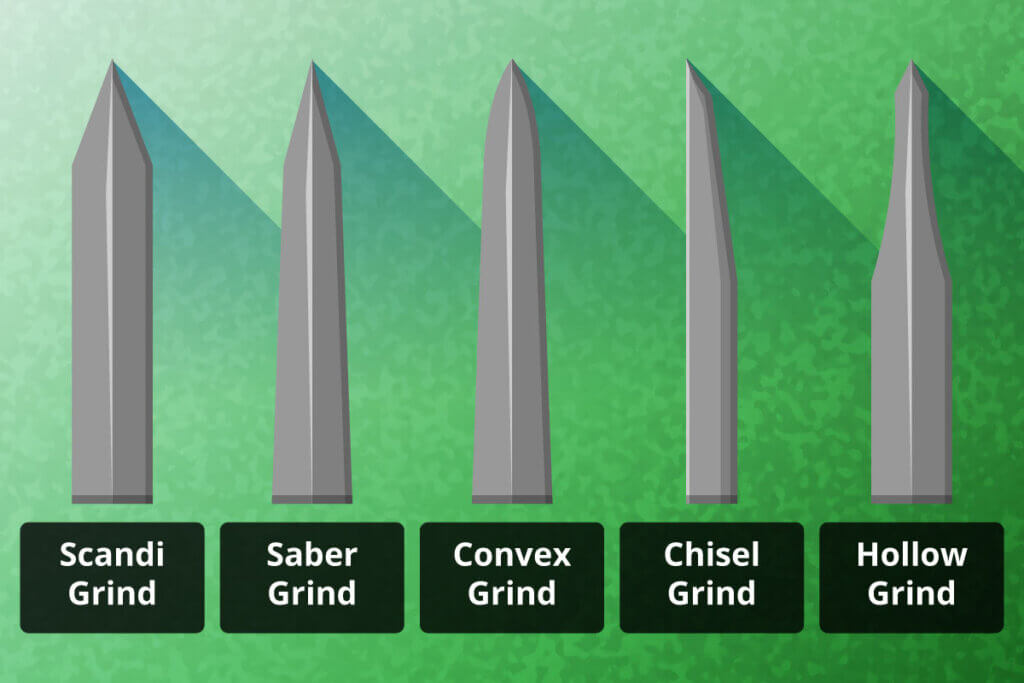
Handle material
The handle of a kitchen knife can be made from a variety of materials. Oftentimes the choice is simply aesthetic. The most important thing is the correct treatment of the materials in question. Knife handles made from wood require occasional treatment with a special maintenance oil. Plastic requires less maintenance and can be made into sturdier models, given that, unlike wood, it doesn’t expand. Plastic remains, however, liable to other types of damage. Handles made from steel are perhaps the most durable, however they require attentive cleaning to avoid rusting.
Shape of the handle
Kitchen knife handles generally come in two main shapes: full tang or hidden tang. In full-tang models, the steel of the blade extends visibly into the material of the handle. Full-tang knives tend to be heavier because more steel is contained in the handle. The effect is that these knives can exert more power. With such models, it is important that the components are correctly riveted. Hidden-tang handles aren’t much different—they also have a blade which runs through them. The main difference is that here, the steel is concealed by the outer material of the handle. The handle is usually made from one solid piece of material.
European kitchen knives
Most manufacturers in Europe prefer thicker blades with a bigger angle. The steel used is usually softer and the HRC value normally comes in bellow 60. European knives can be used for a number of different purposes and are considered to be a sturdy, all-around option. They do however require more pressure to be exerted when cutting, meaning that they also need to be resharpened more often. Most of the handles are made from plastic and do not require much maintenance. Most European kitchen knives have a full-tang handle.
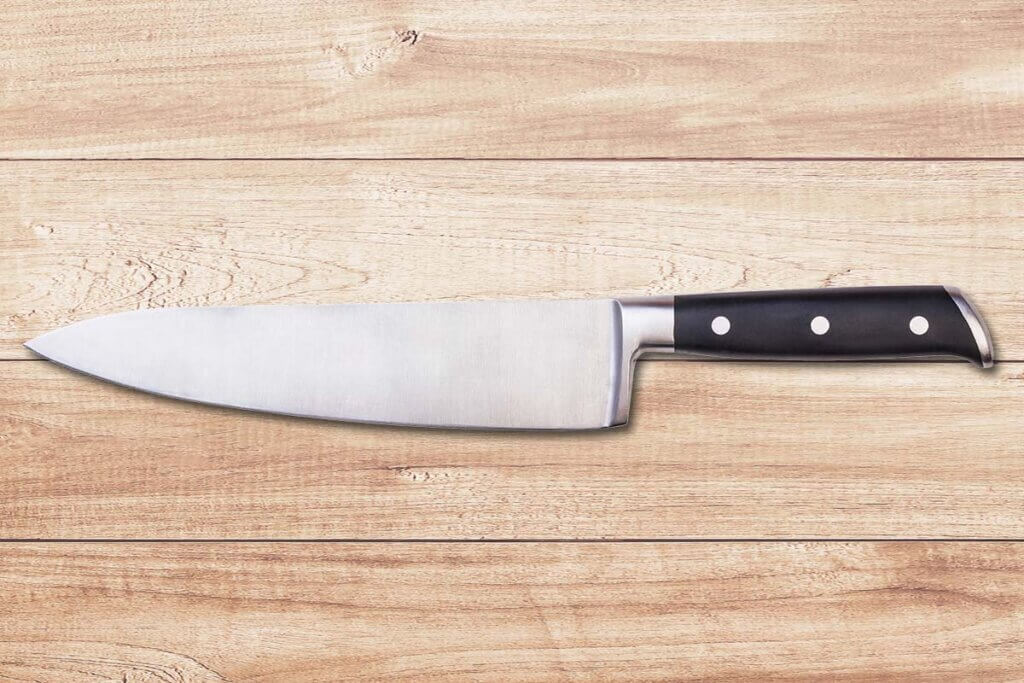
Advantages
- Universally applicable
- Resistant
Disadvantages
- Heavier to use
- Frequent sharpening required
Japanese kitchen knives
Kitchen knives made in Japan have a thinner blade and a more acute angle. They are often made from a harder form of steel, giving them commonly a rating of over 60 HRC. This means that they are not as versatile, even though they are easier to use. They cut with less resistance thanks to their blade which stays sharper for longer. Sharpening a Japanese knife, however, requires specialised equipment and practice. The handles are also often made from wood, meaning that the maintenance can be taxing. Most Japanese kitchen knives come with a hidden-tang handle.
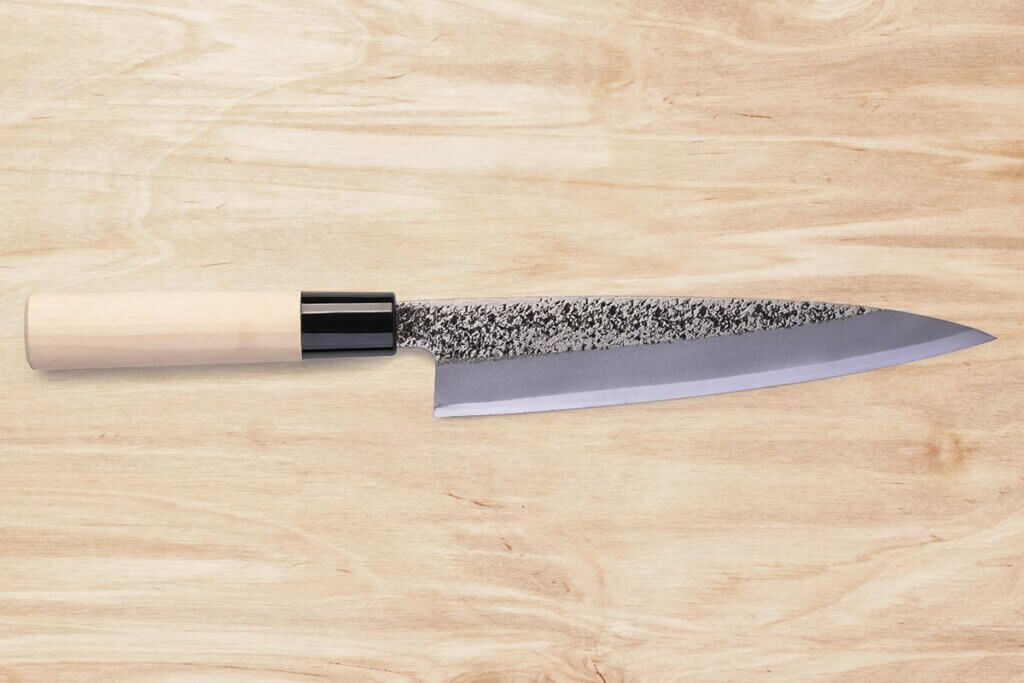
Advantages
- Easier to use
- Extremely sharp edge
- Stays sharper for longer
Disadvantages
- Not universally applicable
- Require maintenance
Making the right choice
Choosing the right knife depends on a number of different factors, including intended use, handling, and aesthetics. Another one of these criteria is the durability of the blade, which defines how long it stays sharp. The material of a knife is important for its stability, while the weight has an effect on the balance and handling. Last but not least, kitchen knives are often available as sets. In a set, you can expect to find a knife for every use possible. This is extremely practical for people who love to cook.
Blade durability
The term ‘blade durability‘ describes how long the blade of a kitchen knife remains sharp. What this measures, is the resistance of the blade against things that could potentially blunt it. The thinness of the grind and the hardness of the material used are the main factors contributing to blade durability. With steel blades, it’s important to be aware of the percentage of carbon contained. The higher the percentage, the more stable the knife edge. This is more important when cutting with pressure as opposed to in a slicing motion.
The disadvantage of carbonated steel
Blades made form highly carbonated steel struggle comparatively to repel rust. Hence, such knives need more maintenance.
Material
Most knife blades are made from stainless steel, although some models are made from ceramic or damascene steel. Damascene steel (also known as damask) cuts very effectively and is known for its robustness and durability. The price of damascene steel is consequently very high, but the quality speaks for itself. This type of steel is made from multiple mixed layers of steel and iron. Blades made from damascene steel are instantly recognisable by their appearance. The surface of the metal forms waves, redolent of oil floating on water.
Ceramic knives remain slightly less common, although in recent times they have become more popular. The main advantage of ceramic knives is that they remain sharp for longer. In addition, ceramic knives are extremely lightweight, despite their relative hardness. Keep in mind, however, that ceramic blades are more prone to breakage than other materials.
Weight
A kitchen knife made from forged steel is normally heavier than a typical Japanese knife with a wooden handle. Generally speaking, Japanese knives are heaviest in the blade, whereas European models have a different weight balance. Kitchen knives mostly have a weight of between 100g and 300g. The longer the blade, the more material (usually steel or stainless steel) needs to be used, making the knife heavier. Depending on the intended purpose, some conventional kitchen knives can weigh under 100g or over 300g.
Buying a set or a single knife
While a simple, all-purpose knife is enough for some people, there are also those who prefer to have a knife for every eventuality. Sets are usually better value for money than individual knives. Moreover, sets include knives all made by the same manufacture, meaning that the differences in handling and maintenance are small. The knives included in a set vary depending on manufacturer and price. Amongst others, the following knives could be included:
Meat knife: these knives have a long blade and occasionally small indentations in the side. Their purpose is to make sure the knife cuts as deeply as possible without becoming stuck on fat or other sticky substances.
Cheese knife: the blade is usually bent with holes in it. This stops the cheese from becoming stuck to the blade. A double tip helps to skewer individual pieces of cheese.
Mincing knife: this special kind of knife comes with two curved, parallel blades. Both ends have a handle, enabling the knife to be rocked back and forth over herbs.
Bread knife: these knives have wave-shaped groves which allow for a saw-like cutting action. The breadcrust is easier to cut through while the inside doesn’t stick to the knife.
Vegetable knife: this knife has a short, straight blade which allows for the quick cutting motions which are ideal for cutting vegetables.
Peeling knife: the blade is short and curved, allowing for rounded vegetables to be peeled with ease.
A cut above: tips for ideal usage
Having the correct knife is only part of the battle. Having the correct cutting technique is just as important, if nothing else, to avoid injuries. When storing and maintaining your knives, it’s important to use the correct equipment and to not carelessly leave them in the dishwasher.
Getting the right accessories
The sharpness of a knife is liable to deterioration with time. Luckily there are accessories on the market to counteract this. With European knives, a normal steel tool sharpener usually gets the job done. Japanese products, on the other hand, need to be treated with special grinding stones. Water stones from the brands Naniwa, Chroma, and Kai are especially popular.
Kitchen knives (and in particular their blades) are extremely sensitive to coming into contact with other steel objects. If possible, they should not be kept together with other cutlery in the same drawer. The best way to avoid damage to your knives is to make sure that they are stored carefully. A knife block, a knife bag, a magnetic bar, or a simple protective case are all suitable for this purpose.
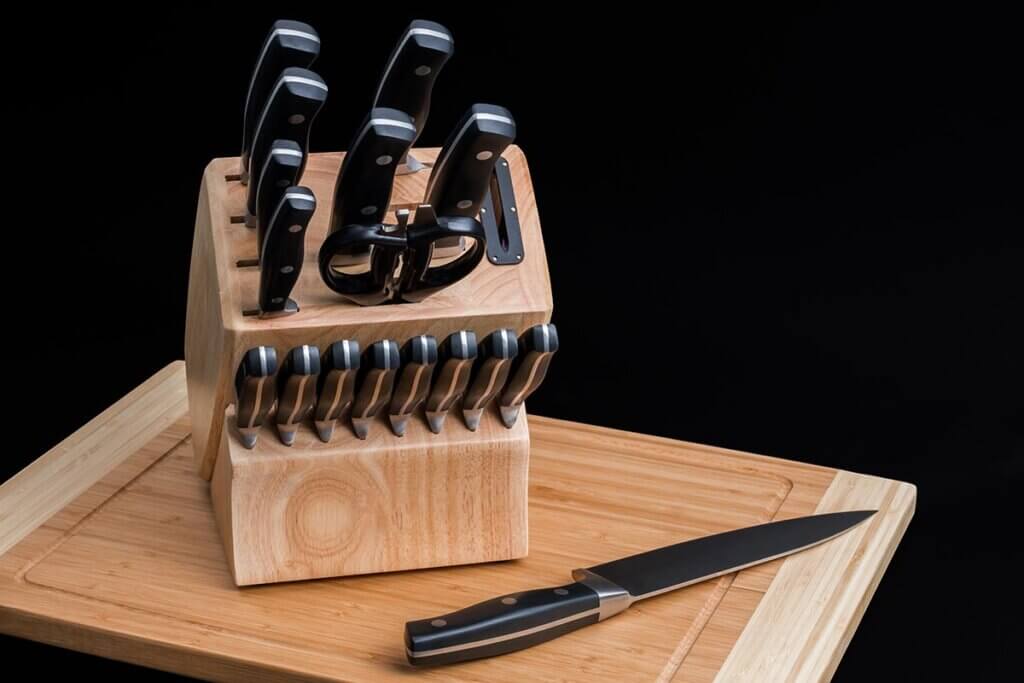
Depending on their finish, knives require varying degrees of care. It is, however, unavoidable that the cutting edge comes into contact with whatever surface you are cutting on. Particularly sensitive products, for example Japanese kitchen knives, are best used on a wooden chopping board, as they have more give.
What’s the best way to use a kitchen knife?
Make sure to have a sturdy work surface and a slip resistant chopping surface. Where possible, always chop away from your body. The chopping height should be about 15cm below the height of your elbows. When using your non-chopping hand to stabilise whatever you are chopping, retract your fingers to keep them as far away from the blade as possible. For righthanders, the knife should be chopping at a right-angle to the left arm.
How do I clean & maintain my kitchen knives?
Even if manufacturers claim that their knives are machine washable, this does not necessarily mean that washing them with a machine is actually recommended. The rule of thumb for kitchen knives is always: wash by hand and dry thoroughly afterwards. Where possible, wash your knives directly after use, but not with chemical detergents. To help prevent the build-up of rust, clean your knives frequently with oil. For knives made from stainless steel, this step is not required. Handles made from wood should also be oiled from time to time and never left in water for a long period of time.
Image 1: © Aleksandar Kosev / stock.adobe.com | Images 2-3: © FinalCheck | Images 4-5: © Gresei / stock.adobe.com | Image 6: © Bruce Peter Morin / stock.adobe.com

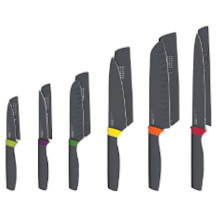
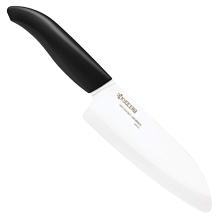
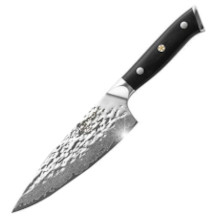
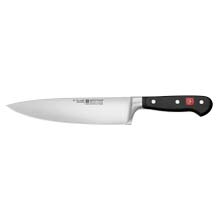
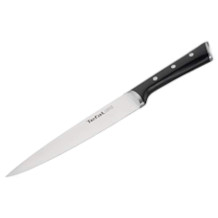
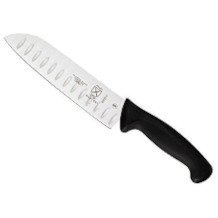
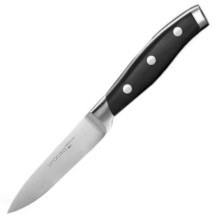
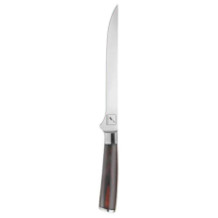
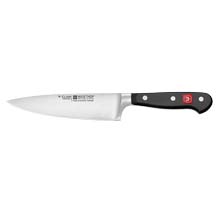
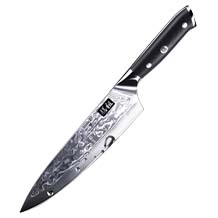
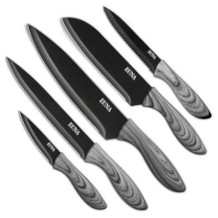
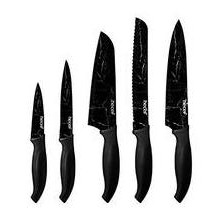

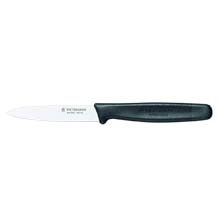
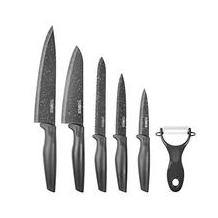

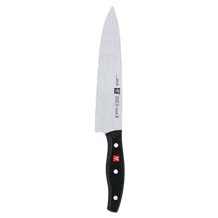
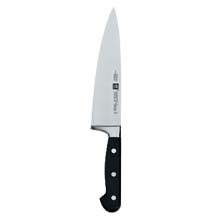
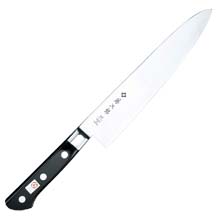
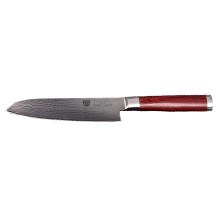
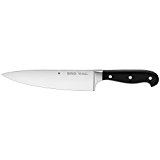
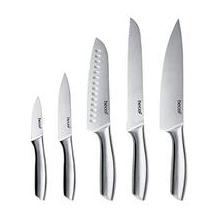
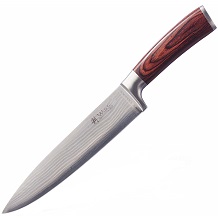
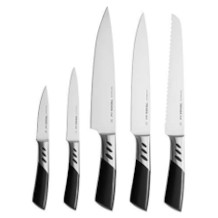
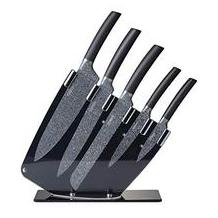

 1,357 reviews
1,357 reviews

